Morocco, the gateway to Africa, has long been known for its kind and welcoming people. The country’s rich history and unique identity have attracted people from all over the world, especially the Moroccan Jewish Community; who once inhabited the country and even called it Home.
How did the Jews first arrive in Morocco,
and to what extent did the Moroccan Jewish Community influence the country’s culture?
A Brief History of Jewish Presence in Morocco
The Arrival of Jews in Morocco
Reality speaks for itself in this respect, as it’s a two-thousand-year-old history that has been frequented tirelessly by the Arab conquest since the most remote times.
It is believed that Jewish communities have settled in Maghreb since at least the third century BC. It is indeed difficult to determine a specific date for their first arrival, as the history of the region is not well-documented, and some of it was lost in the mists of time.
For centuries, this minority has lived peacefully alongside Amazigh people, even before Islam. They have nevertheless managed to preserve their mother tongue, culture, and in part, also their religion, which bears witness to the genuine good neighborliness and hospitality of the Moroccan people.
The Moroccan Jewish Community slightly grew with the appearance of the newcomers Judeans, who were forced out of their lands after the destruction of their temple by the Romans in 70 A.D. Others had come earlier, after the Babylonian exile, or with Punic settlers.
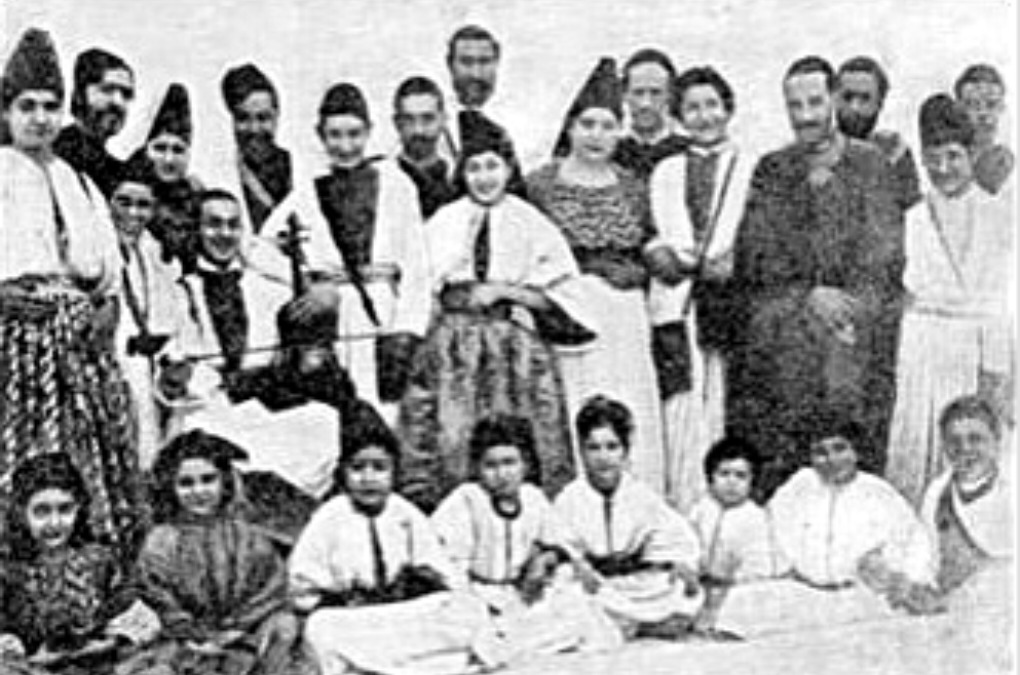
Read also: Hiloula Celebration Attracts Over 2,000 Moroccan Jews In Essaouira
Limpieza De Sangre: The Great Expulsion Of Sephardic Jews
In the 14th and 15th centuries, humanity witnessed one of the largest attacks on the Jewish community of the Middle Ages: the Pogroms of 1391, also known as the Massacre of 1391, followed by the Great Expulsion of the Jews from the Iberian Peninsula in 1492.
Killing them, making them renounce their faith, or burning them alive were the only choices left to the Jewish community by the Spaniards before they were eventually expelled.
Limpieza de Sangre, or “Blood Purity,” took place in the Hispanic region during the reign of the Catholic Kings, with the aim of getting rid of all outsiders and making the population nominally Christian by the end of the Reconquista.
However; Spain is still considered the last country in Western Europe to have expelled Jewish communities, while in other countries like England and France, Jews had been expelled much earlier, in the 13th and 14th centuries, leaving behind their elite positions.
Morocco: A Safe Place For The Jewish People
After the Alhambra Decree, the Jewish population in Morocco was significantly augmented by the emergence of the Sephardic Jews.
Due to this great migration, the Jewish society was divided into two subsets: the Toshavim (the residents), the indigenous Jews who were also called Maghrebim or Maghrebi Jews, and the Megorashim, the Sephardic Jews, referred to as the Expellees.
Morocco later became a refuge for numerous Marranos, also known as crypto-conversos in the Iberian Peninsula. These were Jews who had converted to Christianity but continued practicing Judaism in secret.
The long and important presence of Jews in different regions and hamlets throughout the Kingdom was once again marked by the atrocious forced labor camp sites during the Vichy era.
Nevertheless, Muslims and Jews from different backgrounds continued to live in the same neighborhoods, intermarry, and conduct business with each other, sharing the same food – customs – culture, and traditions, despite minor differences.
The Decline of The Moroccan Jewish Community
Until the first half of the 20th century, Maghrebi-Sephardic Jews numbered about 250 000.
In some cities like Casablanca, Fez, or Marrakech, they constituted up to 15% of the population. They would even form a majority in other areas of the country; for example, in Debdou or Akka in the far southeast of Morocco. The Moroccan Jewish Community improved their economic prospects by occupying diversified positions, from small-scale merchant and craftsmanship to elite positions.
Following the different Aliyah waves and shortly after the WW2, the community was reduced from hundreds of thousands of citizens to only 2 200 in 2017. Most of them still live in Casablanca, Rabat, and other major urban areas, enjoying equal rights and privileges, besides having their own Jewish schools.
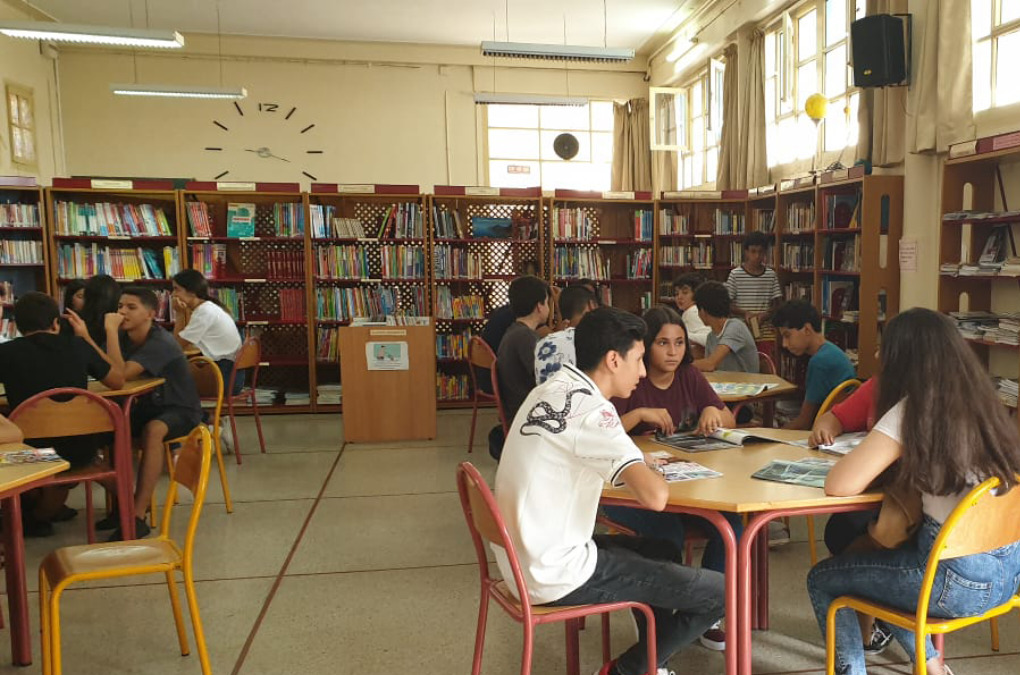
Read also: Best Jewish Tours In Morocco In 2023
Synagogues and Jewish Heritage in Morocco
From the walls of the ancient Mellah district in Tangiers, the bride of the north, to the beautifully adobe-built synagogue in Arazan, the small lost village of Taroudant, Morocco has counted more than a dozen synagogues.
As they wander the old parts of the country, tourists can’t help falling in love with the cities’ decorated streets, alleys, and monuments that remind of the different faiths that have lived in harmony side by side. And where, Casablanca, Morocco’s biggest city, is home to the first museum devoted to Judaism in the Arab world.
Although their population might have declined, their exquisite longstanding sites and souvenirs have been experiencing a special bloom lately, reviving a rich heritage that constitutes an essential part of Morocco’s identity today.
The royal initiative has launched projects for the renovation of the country’s Mellahs, the redevelopment of Jewish religious sites, and the restoration of more than 170 cemeteries across the kingdom in order to safeguard and preserve their memories.
Several museums that shed light on Moroccan Jewry have also been established, including Bayt Dakira in Essaouira, Beit Yehuda in Tangiers, and another one that is still under construction in Fez, the pedestrian medieval town of the country.
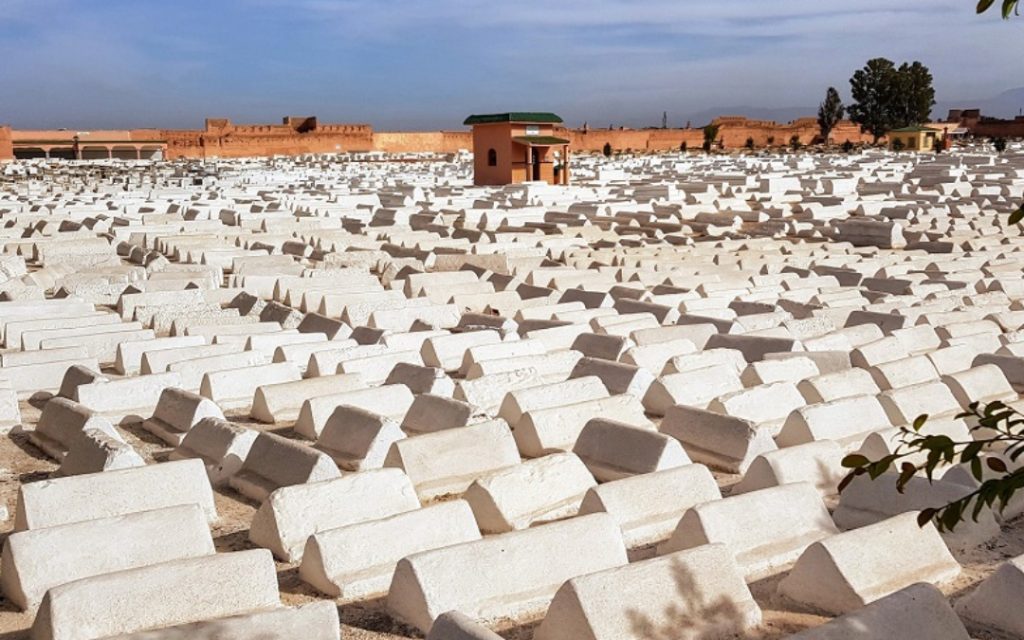
Art Brings Communities Together
The Jewish Moroccan cultural heritage not only consists of sacred sites and unique architecture but has also given birth to some talented, famous artists thanks to their mingling with Amazigh and Arab people, some of whom are international artists today!
When rights are taken away, smiles are stolen, dreams buried, and eyes dried out of tears, one can only sing their pain away. Music becomes the only escape route where all broken souls meet. For centuries, Jewish men and women have sung for love, loss, and, more importantly, for identity and grief.
Who among us Moroccans does not know the song “Sidi Hbibi Fayn Houwa”? We all know it by heart. It has been sung in every household for ages, but only a few know its origin. The famous song belongs to one of the very first generations of Chikhates, Zahra El Fassia, the Moroccan Jew, who was not only a singer but also a poet.
Our current generation has also been marked by several talented artists, such as Vanessa Paloma Elbaz; the multi-talented and universal Moroccan Jew whose melodious couplets make us drown as she chants in Spanish, Moroccan dialect, or in La Haquetía – the Judeo-Spanish-Arab dialect of the Moroccan Sephardim.
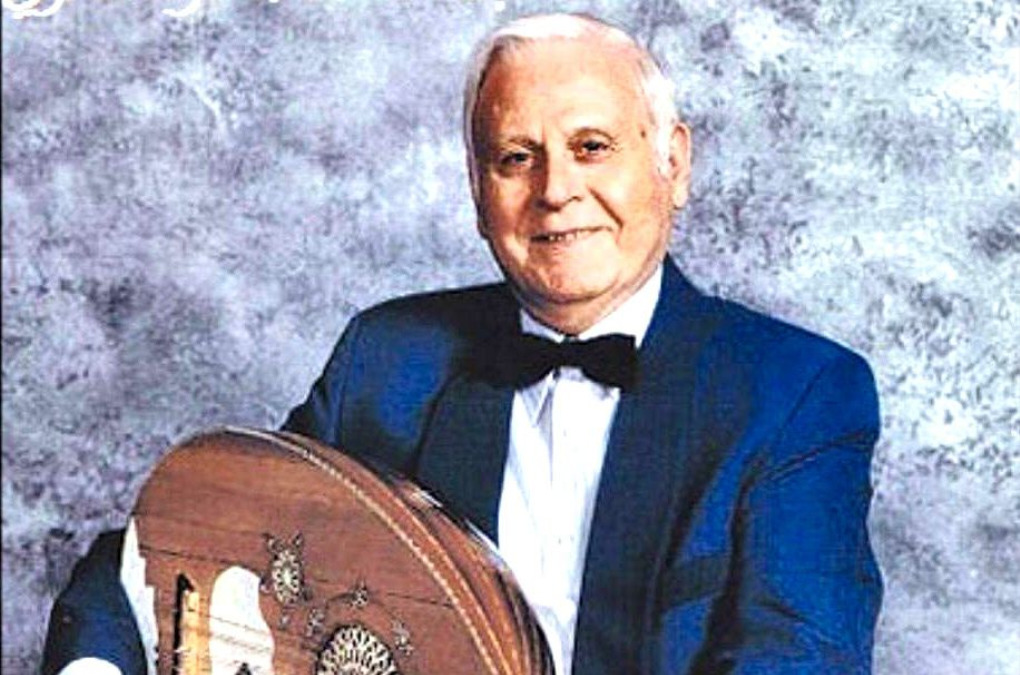
The joy of listening to Samy ElMaghribi, the late Jewish symbol of classic Moroccan music, to Chaabi, El Malhoun, or to Lala Tamar’s unique songs is only complete when shared with a Kosher plate!
In Morocco, Kosher food can still be found in old medina butcher shops. In Casablanca, there are one or two stores left that still sell it. If not found, the big city also offers a variety of Jewish and Jewish-Friendly restaurants, such as Cercle de l’Union, La Truffe Blanche, Bagel Bar, and more.
For more detailed Moroccan-Jewish recipes and aromatic dishes, we recommend following Instagram’s young chef – Dave Patera, the Sephardic Jew with Moroccan roots.
The Moroccan Exception: A Separate Hebrew Court
And lastly, while common laws are applied to Jews in the rest of the world, Morocco makes an exception by having a Hebrew court system responsible for handling matters related to personal status, such as marriage, divorce, and inheritance for the Jewish community in Morocco.
This court system is separate from the civil court system, and its decisions are recognized by the Moroccan government.
Read also: Morocco Jewish Heritage Tours






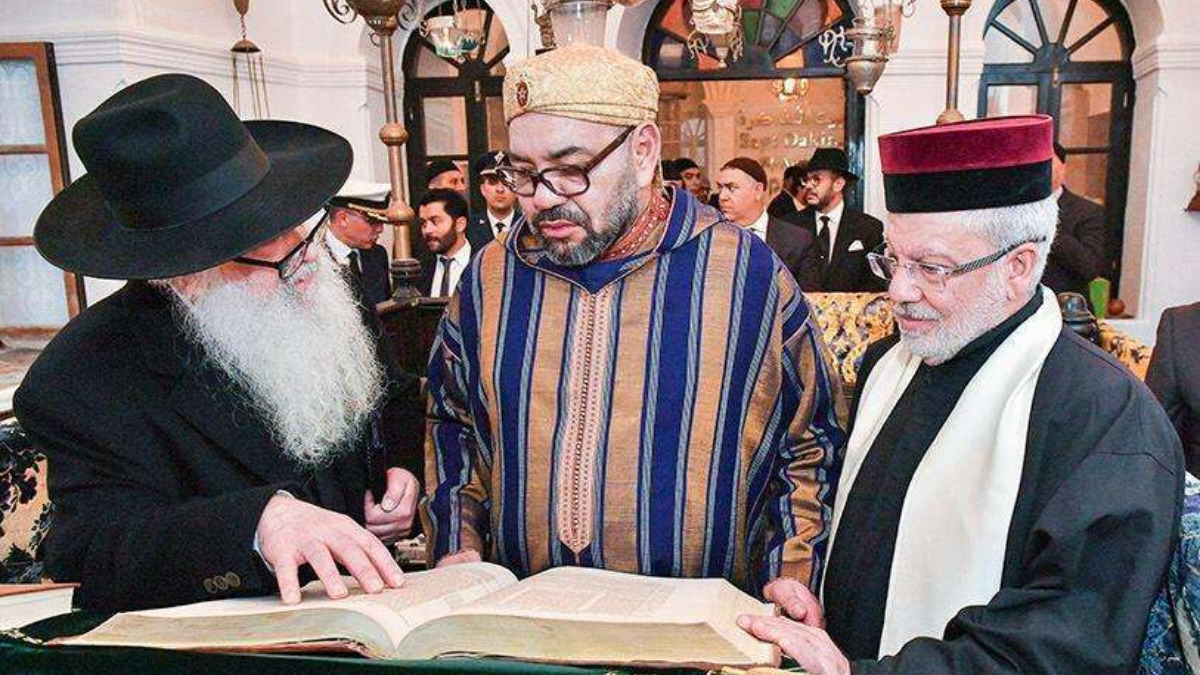
rich article about Moroccan history .great job Salma
rich article keep going
This article offers a detailed exploration of Jewish history in Morocco, tracing the community’s roots from their initial settlement around the third century BC to the present. It emphasizes the peaceful coexistence and cultural interchange between Jews and the native Amazigh people, and the influence of Sephardic Jews post the 1492 Alhambra Decree. Despite the significant decline in the Jewish population during the 20th century, their cultural and historical legacy remains vibrant in Morocco, as illustrated by the preservation of Jewish heritage sites and the prominent Jewish figures in Moroccan music. The article also highlights the unique Hebrew court system in Morocco, emphasizing the country’s respect for religious diversity and pluralism. Overall, it provides a rich and nuanced view of the Jewish community’s historical presence and cultural contributions in Morocco.